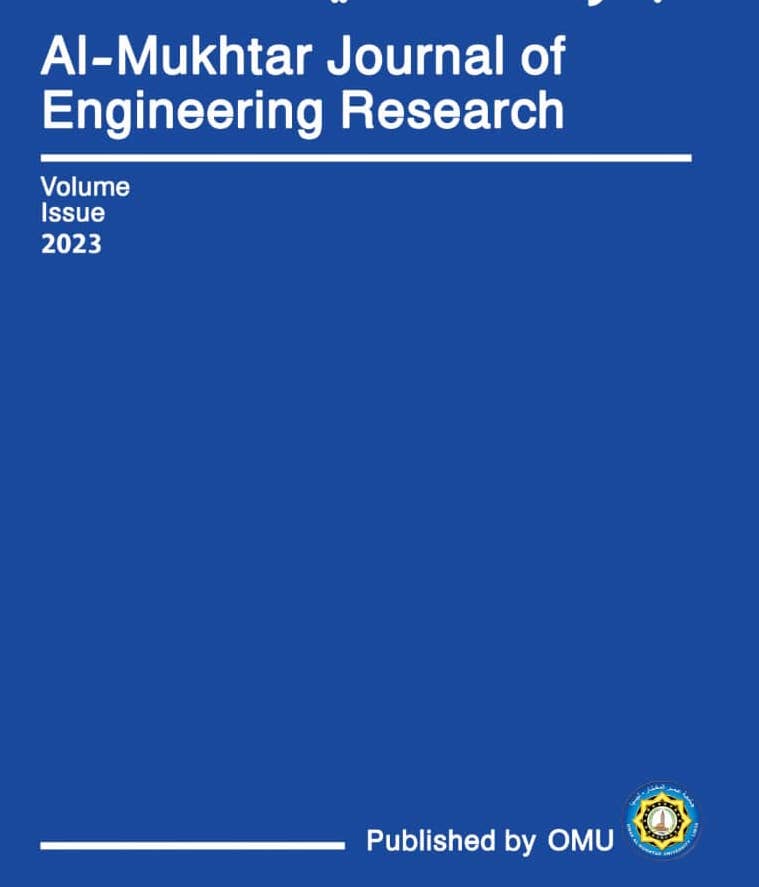Modelling and simulation of flexural behavior for reinforced concrete beams using ANSYS
DOI:
https://doi.org/10.54172/mx8n6k70Keywords:
RC Beams, Finite Element Method, ANSYS, Steel Reinforcement Ratio, Compressive Strength.Abstract
Over the last twenty years, many investigators are used finite element software, to validate and compare the FE results with their experimental research. This work focused on the development of a numerical model implemented by the ANSYS 2022R2 software, to simulate the flexural behavior of the RC beam. Numerical models are tested under four-point bending. To investigate the influence of reinforcement steel ratio and compressive strength of concrete on the flexural capacity of the model. The results indicated that the Finite Element model was able to predict the flexural behavior of the experimental test beam. Furthermore, the influence of different tensile reinforcement ratios has the most effect on the flexural behaviour of the FE models at maximum loads. While the change in concrete compressive strength has affected the flexural performance of the models. This influence shows slight increases in the first crack load and maximum loads of the models. Furthermore, cracking pattern behaviour at the final stage for numerical models showed a good agreement with experimental cracks behaviour.
Downloads
Published
Issue
Section
License
Copyright (c) 2023 Al-Mukhtar Journal of Engineering Research

This work is licensed under a Creative Commons Attribution-NonCommercial 4.0 International License.
Copyright of the articles Published by Al-Mukhtar Journal of Engineering Research (Mjer) is retained by the author(s), who grant Mjer a license to publish the article. Authors also grant any third party the right to use the article freely as long as its integrity is maintained and its original authors and cite Mjer as the original publisher. Also, they accept the article remains published by the Mjer website (except in the occasion of a retraction of the article).




